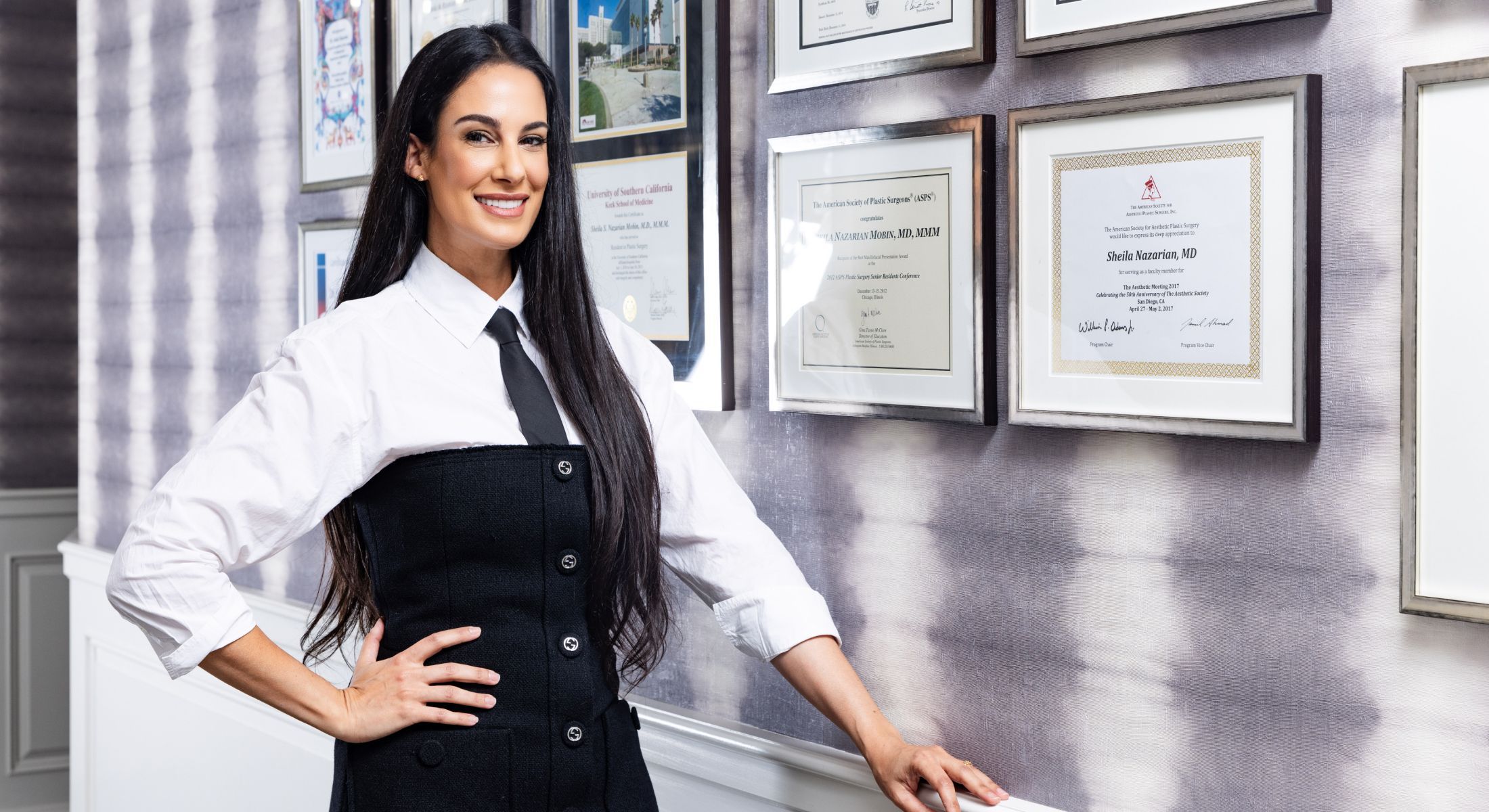
Unlocking the Mystery of Hooded Eyes: Causes, Concerns, and Corrections
by Dr. Sheila Nazarian
You may also like
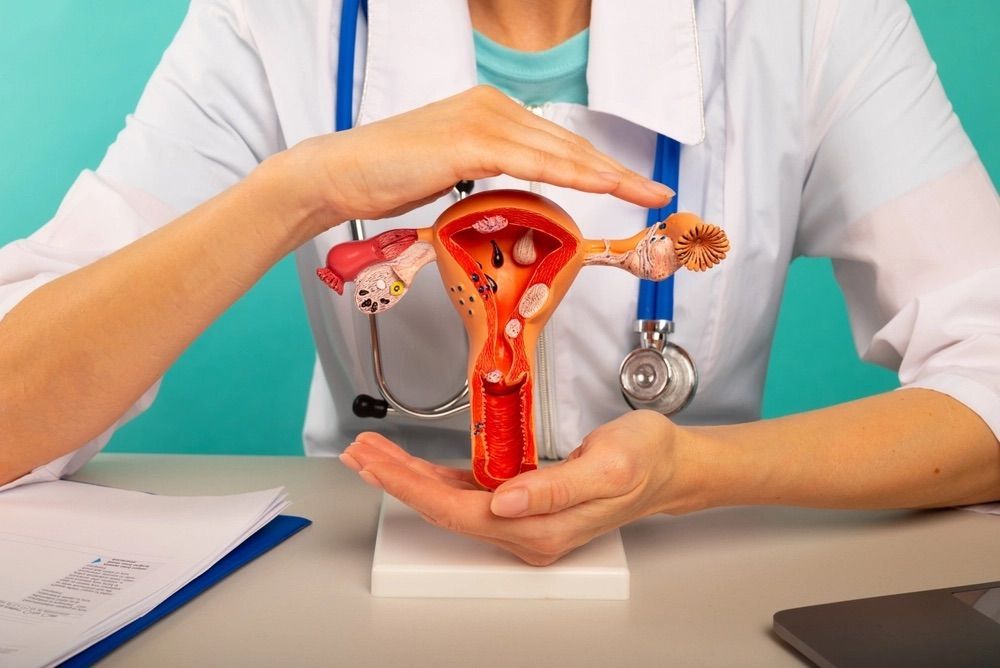
Is Labiaplasty Right for You? A Guide to Costs, Benefits, and Realistic Expectations
Despite the rise in popularity of cosmetic surgery procedures, many people still have no idea what a labiaplasty is. Let’s review if it is the right procedure for you. What is Labiaplasty? Labiaplasty is a […]
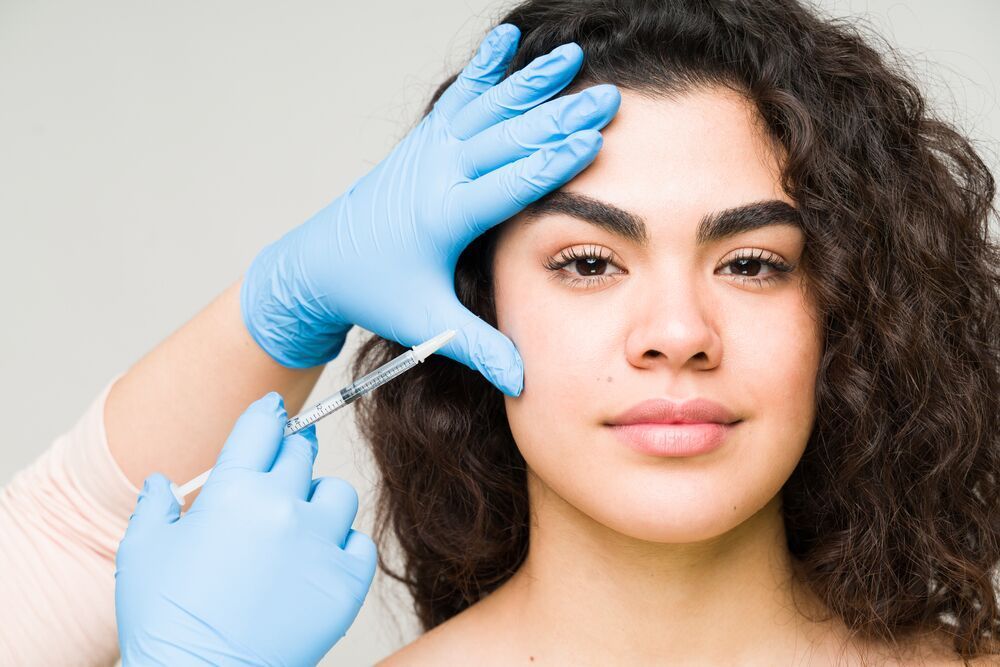
Restoring Balance and Beauty: The Role of Temple Fillers in Eye and Midface Lifting
Volume loss is common as you age. As the temples lose volume, they become hollow. They make you look older and less attractive. Its effects could lead to facial imbalance, brow ptosis, and even crow’s […]
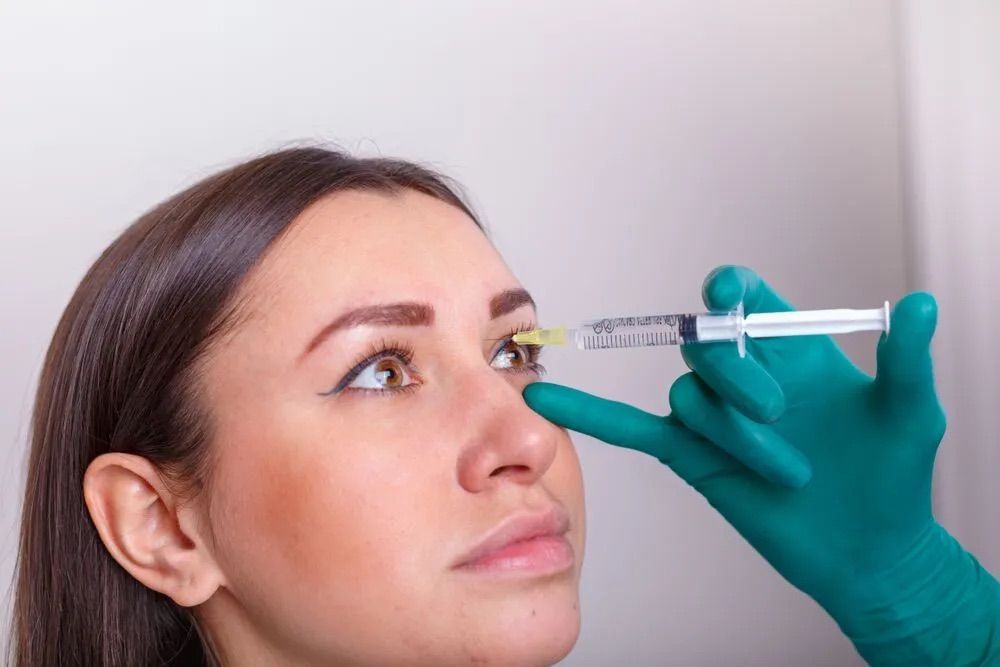
Unlocking the Mystery of Hooded Eyes: Causes, Concerns, and Corrections
You may have hooded eyes or be wondering if you have hooded eyes. We will look at all that in this article and help you make the right choice on whether to correct it or […]
